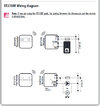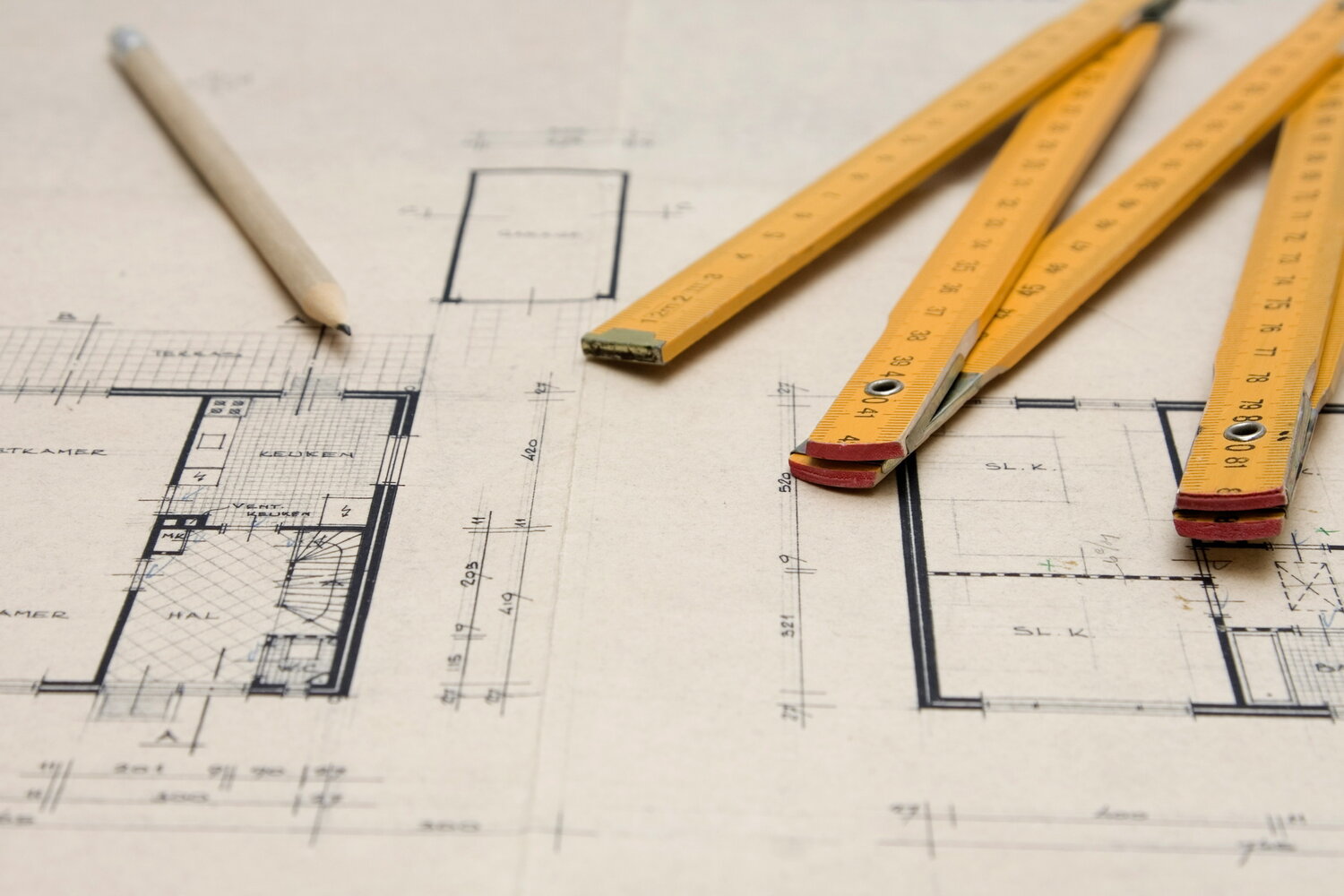I want to power a small heater 2kw in my bedroom with this wireless thermostat. Because its affordable and has very fine 0.25C heat sensing switching. I'm having trouble understanding how to wire it correctly.
Question 1)
Is this able to be wired directly to the heater? its a 2kw heater so would need 10a 230V UK mains.
Question 2)
For example I can't understand what this means:
16 amp relay switching
RX Rating Max: 16 (5) A SPST
Question 3)
following this wiring diagram
(attached)
to have the heater powered maybe I use the bottom image. But...
It says Max 16 (5) A . I dont know what voltage it handles/outputs, what is the (5) ???
The black triangle in circle & M in circle with two arrows. What do both these symbols mean???
Question 4)
In other words I'm confused about the (5) - maybe it means 16A 5V
And maybe the symbols are a low voltage 5V switch for a larger Volt appliance.
So basically can this be wired straight through or would it require an extra switch before the heater ???
Replies appreciated.
Thanks.
Salus – Smart technology for your home
salus-controls.com
Question 1)
Is this able to be wired directly to the heater? its a 2kw heater so would need 10a 230V UK mains.
Question 2)
For example I can't understand what this means:
16 amp relay switching
RX Rating Max: 16 (5) A SPST
Question 3)
following this wiring diagram
(attached)
to have the heater powered maybe I use the bottom image. But...
It says Max 16 (5) A . I dont know what voltage it handles/outputs, what is the (5) ???
The black triangle in circle & M in circle with two arrows. What do both these symbols mean???
Question 4)
In other words I'm confused about the (5) - maybe it means 16A 5V
And maybe the symbols are a low voltage 5V switch for a larger Volt appliance.
So basically can this be wired straight through or would it require an extra switch before the heater ???
Replies appreciated.
Thanks.



